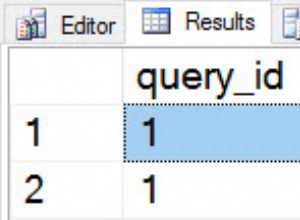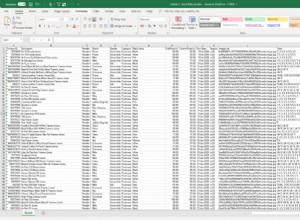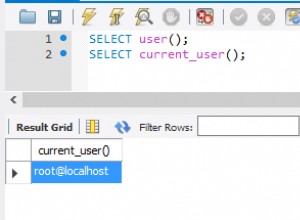Siga estas etapas:
-
coloque este schema.sql dentro de sua pasta de recursos para ser detectado pelo SpringBoot assim que você iniciar seu servidor. Se você não usar a inicialização por mola, não se preocupe, basta importar este script de qualquer cliente de aplicativo MySQL (phpmyadmin,HeidiSQL,Navicat..)
drop table if exists oauth_client_details; create table oauth_client_details ( client_id VARCHAR(255) PRIMARY KEY, resource_ids VARCHAR(255), client_secret VARCHAR(255), scope VARCHAR(255), authorized_grant_types VARCHAR(255), web_server_redirect_uri VARCHAR(255), authorities VARCHAR(255), access_token_validity INTEGER, refresh_token_validity INTEGER, additional_information VARCHAR(4096), autoapprove VARCHAR(255) ); drop table if exists oauth_client_token; create table oauth_client_token ( token_id VARCHAR(255), token LONG VARBINARY, authentication_id VARCHAR(255) PRIMARY KEY, user_name VARCHAR(255), client_id VARCHAR(255) ); drop table if exists oauth_access_token; create table oauth_access_token ( token_id VARCHAR(255), token LONG VARBINARY, authentication_id VARCHAR(255) PRIMARY KEY, user_name VARCHAR(255), client_id VARCHAR(255), authentication LONG VARBINARY, refresh_token VARCHAR(255) ); drop table if exists oauth_refresh_token; create table oauth_refresh_token ( token_id VARCHAR(255), token LONG VARBINARY, authentication LONG VARBINARY ); drop table if exists oauth_code; create table oauth_code ( code VARCHAR(255), authentication LONG VARBINARY ); drop table if exists oauth_approvals; create table oauth_approvals ( userId VARCHAR(255), clientId VARCHAR(255), scope VARCHAR(255), status VARCHAR(10), expiresAt TIMESTAMP, lastModifiedAt TIMESTAMP ); drop table if exists ClientDetails; create table ClientDetails ( appId VARCHAR(255) PRIMARY KEY, resourceIds VARCHAR(255), appSecret VARCHAR(255), scope VARCHAR(255), grantTypes VARCHAR(255), redirectUrl VARCHAR(255), authorities VARCHAR(255), access_token_validity INTEGER, refresh_token_validity INTEGER, additionalInformation VARCHAR(4096), autoApproveScopes VARCHAR(255) ); -
Injete seu DataSource, authenticationManager, UserDetailsService dentro do seu OthorizationServer
@Autowired private MyUserDetailsService userDetailsService; @Inject private AuthenticationManager authenticationManager; @Autowired private DataSource dataSource; -
Você precisará criar esses dois beans
@Bean public JdbcTokenStore tokenStore() { return new JdbcTokenStore(dataSource); } @Bean protected AuthorizationCodeServices authorizationCodeServices() { return new JdbcAuthorizationCodeServices(dataSource); }
e não se esqueça do @Configuration no topo da sua classe AuthorizationServer
- Configure seus aplicativos clientes para serem criados em seu banco de dados mysql:
clients.jdbc(dataSource).withClient("clientapp") .authorizedGrantTypes("password", "refresh_token") .authorities("USER") .scopes("read", "write") .resourceIds(RESOURCE_ID) .secret("123456");
você já fez isso.
-
o mais importante (e acho que você esqueceu...) é:configurar seus endpoints com o AuthorizationServerEndpointsConfigurer:
endpoints.userDetailsService(userDetailsService) .authorizationCodeServices(authorizationCodeServices()).authenticationManager(this.authenticationManager).tokenStore(tokenStore()).approvalStoreDisabled();
e é isso cara, agora deve funcionar;)
E sinta-se à vontade para pedir mais... Será um prazer ajudar
Te mandei uma mensagem do tweeter!




